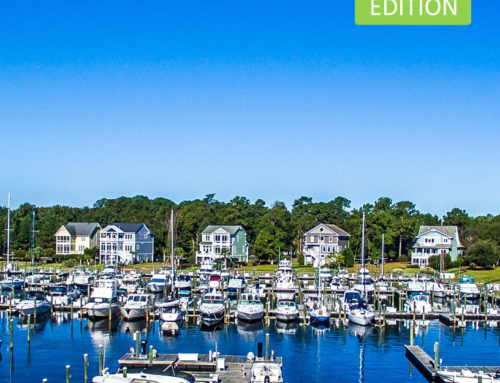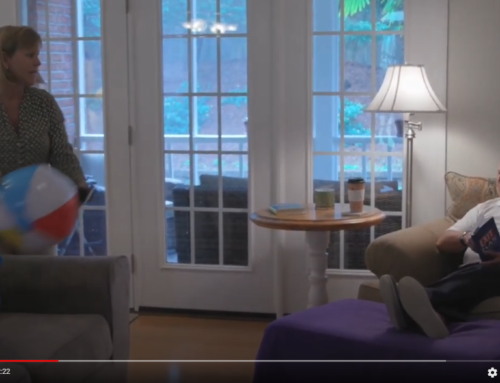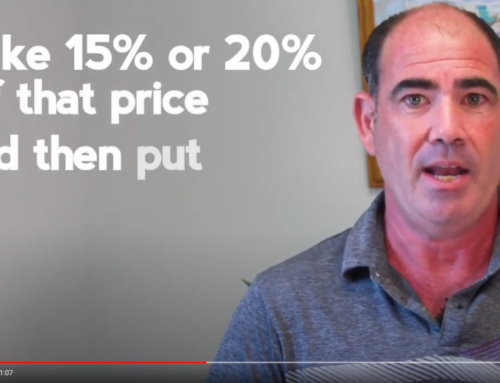Solar power is finally entering the residential real estate mainstream in America after years in the wilderness. The heady growth conjures up the images of solar rooftop panels sprouting up as a common sight from West Coast to East Coast and points in between.
Futurist Ray Kurzweil, a noted inventor and director of engineering at Google, is among those who believe solar will be able to meet the worlds energy needs in less than 20 years because of advances in technology and tumbling panel prices. The DOE (Department of Energy) is only slightly less enthusiastic estimating 30 million U.S. homes will be equipped with rooftop solar panels by 2050, up from about 500,000 today. Could the DOE be too conservative? At SolarCity, one of the nation’s largest solar providers, the company says it is already installing a new solar residential customer in the U.S. at the rate of one every three minutes.
The rising torrent of residential solar energy conservations is due to a confluence of factors:
- Traditional Utility Power is Becoming Prohibitively Expensive: Solar companies are already able to under price electric utilities in many states, not least because utilities-as virtual monopolies in some areas-have little incentive to control their costs.
- Solar Adds Value to Homes: According to a 2015 report from the DOE’s Lawrence Berkley Laboratory, solar adds significant value to homes. The study of 22,000 homes from 1999 to 2013 found that premiums for a typical residential solar systems averaged about $15,000. Some of the value may be due to the “green cachet” of going solar, but homeowners are likely also motivated by the fact that electricity simply costs less in solar homes.
- Solar is Available with Little or No Investment: Solar roof panels are starting to be offered as an option in new home construction in some areas of the United States. Lennar, the nation’s second largest homebuilder, has added them as a regular feature of new homes in California and in some other areas. Lennar concluded that solar does not impede the sale of a home initially or when it is sold in the future. As for existing homes, it’s also often simple to add solar now. While residential solar customers once had no choice but to write an upfront check for thousands of dollars’ worth of equipment if they wanted to go solar, the industry recently has added power purchase agreements with no upfront investment, long range financing deals with zero down and lease options.
- Solar Is an “Anyway” Purchase Decision: Homeowners have no choice by to buy electricity from somebody. So if they have to buy power anyway it makes sense to get it from a cleaner, cheaper source rather than from dirty, expensive fossil fuel utilities.
- Environment: When people are given a theoretical choice of coal, nuclear or solar to power their homes-with all three fuels being offered at the same hypothetical price-they usually will pick solar. Coal and nuclear are still most of what U.S. utilities currently burn, while solar is an option that is both cheaper and cleaner.










 let's connect!
let's connect!